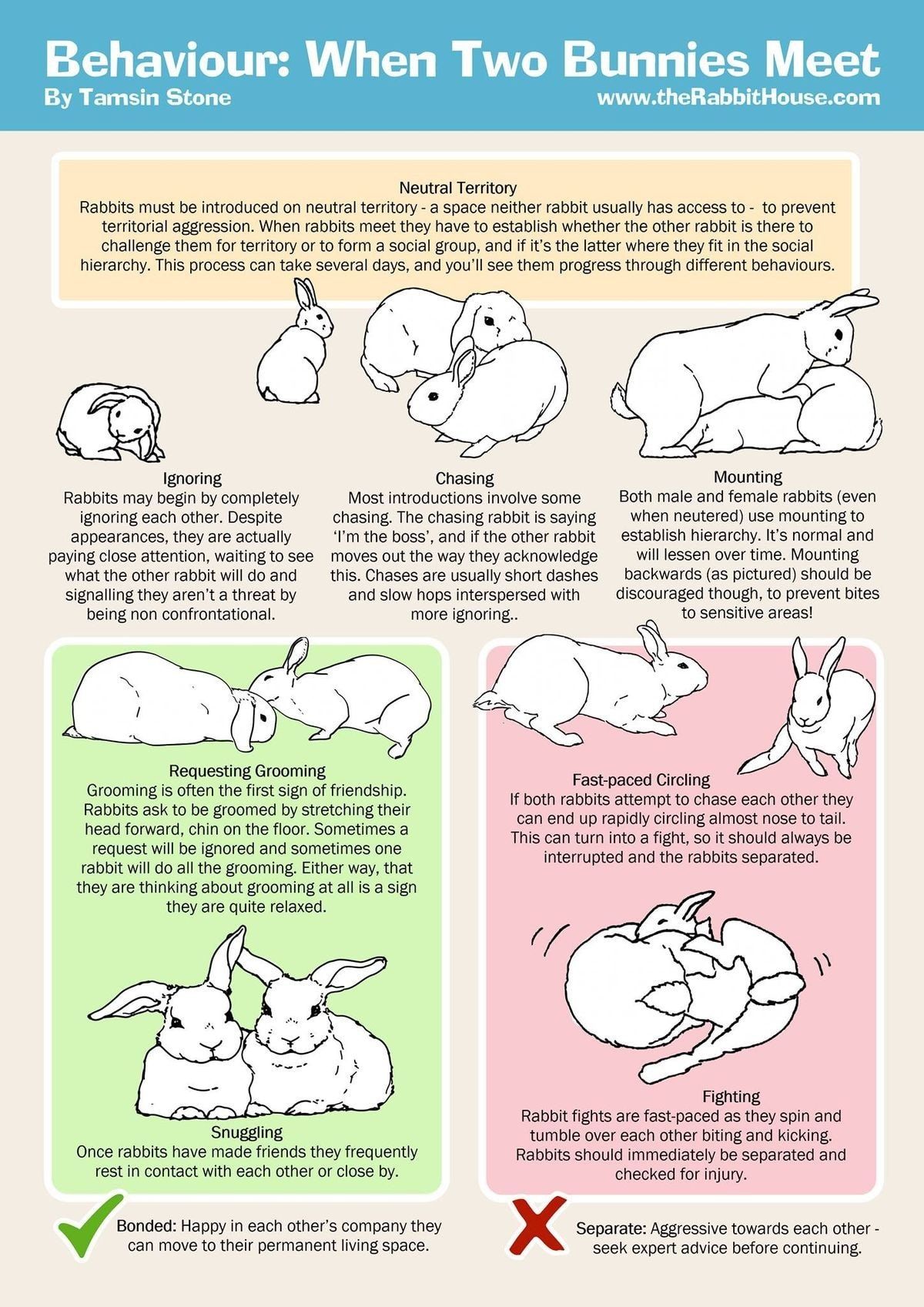Have you ever seen rabbits circling each other? It’s a truly amazing sight! Rabbits are adorable animals, but there’s much more to them than just being cute. Read on to learn more about these fascinating creatures, including their behavior and the reasons why they circle each other. You’ll also discover how to care for these animals and the best ways to appreciate them. So, let’s explore the wonderful world of rabbits!
Overview of Rabbit Behavior

Rabbits are small, social animals that exhibit a variety of behaviors, including chasing and threat behavior. Chasing is a playful behavior that rabbits use to express their emotions and socialize with other rabbits. Threat behavior, on the other hand, is used to protect themselves, their food, and their territory. Both behaviors have a significant role in the social life of rabbits.
Chasing
Rabbits often chase each other as a form of social interaction. This behavior usually involves two or more rabbits running around in circles, chasing and hopping over each other. It is a playful behavior that can be seen in both wild and domesticated rabbits. Chasing helps rabbits to bond with each other, and it also helps them to practice their skills for predator evasion.
Threat Behavior
Threat behavior is used by rabbits when they perceive a potential threat. It involves a variety of behaviors, such as growling, thumping their feet, and standing upright with their ears back and teeth bared. This is a defensive behavior that is used to signal to other rabbits that they are not welcome in the area. It is also used to protect food and territory from other rabbits.
Why do rabbits chase each other? Chasing is a natural behavior for rabbits, and it serves many important functions. It is a form of social interaction, it helps them to bond with each other, and it helps them to practice their predator evasion skills. Threat behavior, on the other hand, is used to protect themselves, their food, and their territory.
Why Do Rabbits Chase Each Other?
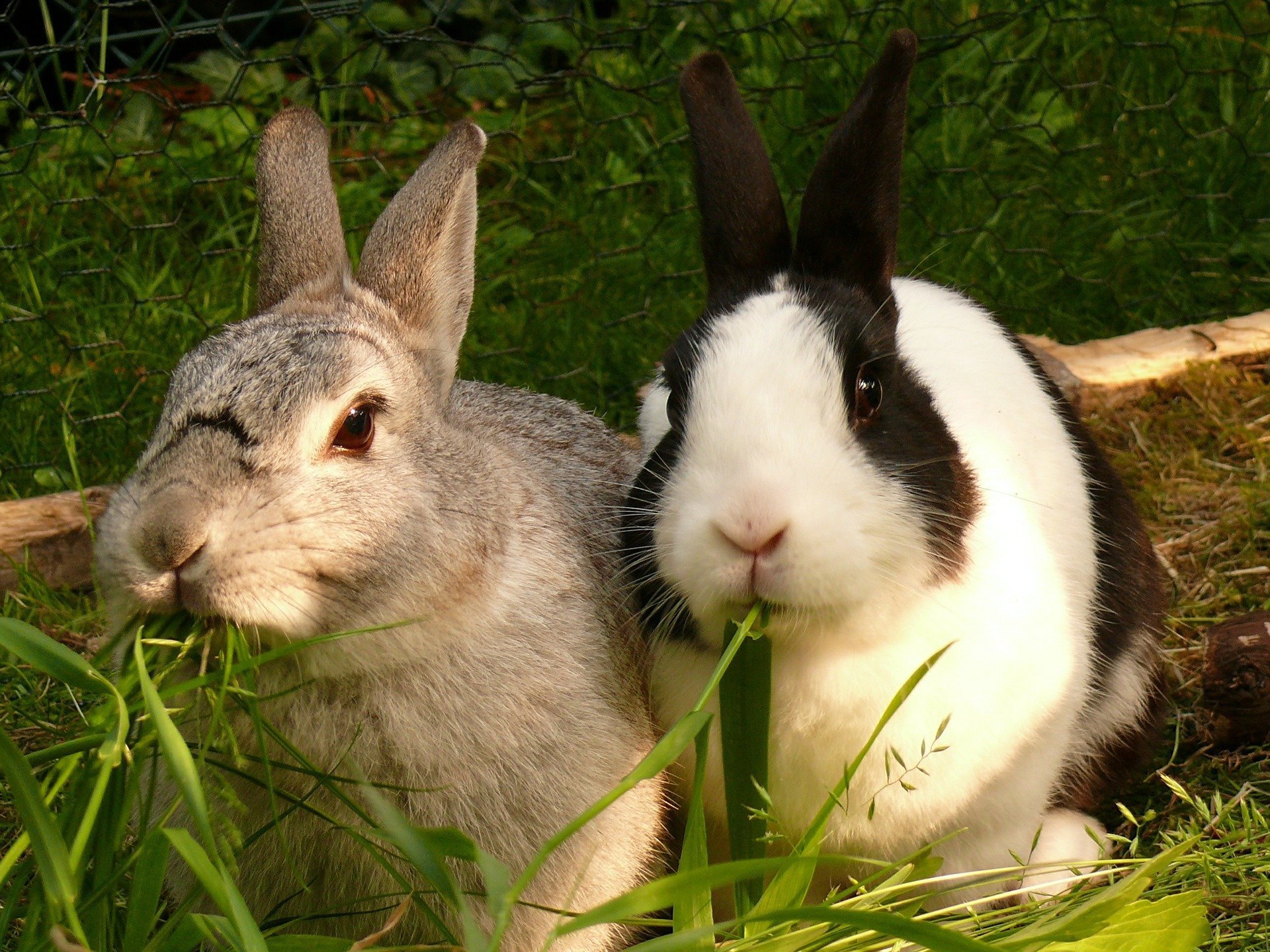
Territoriality
Rabbits are territorial animals who use chasing to mark their territory and ward off any intruders. The chasing is usually done between two rabbits who are trying to establish dominance or show aggression towards other rabbits.
Courtship
Rabbits also chase each other as part of the courtship process. Male rabbits will often chase female rabbits as part of their courtship ritual. If the female rabbit runs away, this is usually a sign that she is not interested, while if she chases the male rabbit back, it usually means that she is interested in him.
Chasing is also used by rabbits to initiate play or to indicate the start of mating. When rabbits chase each other, it is usually an indication of them being in good health and enjoying life.
Sight of Rabbits Circling Each Other
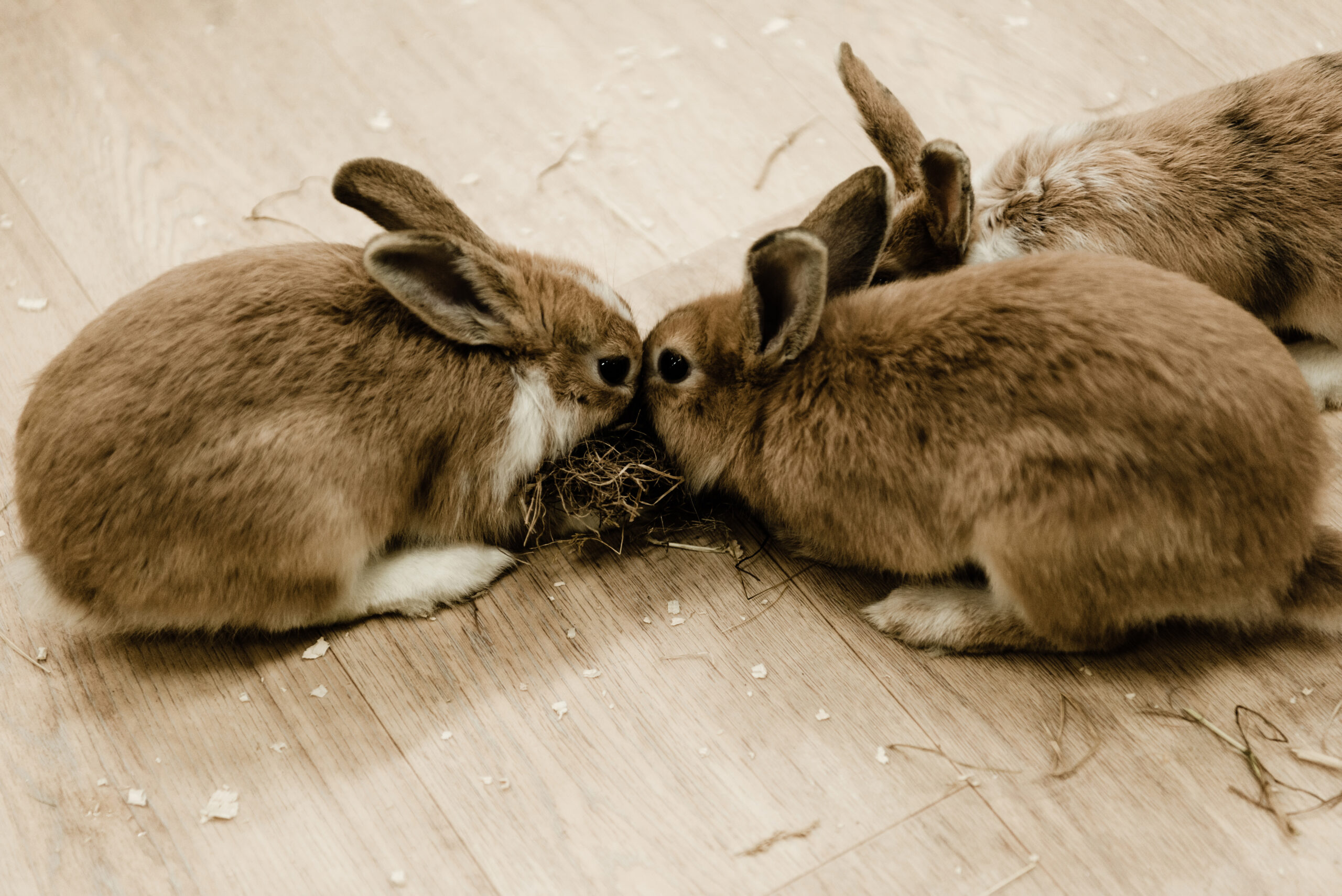
Have you ever seen rabbits circling each other? This unique behavior is a common sight in the wild and is often seen in the company of other rabbits. Rabbits are social animals and love to interact with each other.
- What does it look like? When two rabbits circle each other, they will stand facing each other, hop around each other in a circle, and sometimes even stand up on their hind legs. This behavior is usually seen when two rabbits are trying to establish dominance over one another.
- Why do they do it? Rabbits circle each other for several reasons, including to establish dominance, to show affection, and to play. The circling behavior is also used as a form of communication between two rabbits.
- How long does it last? The circling behavior usually only lasts a few minutes, but it can also go on for longer periods of time.
Seeing rabbits circle each other is a beautiful sight, as it shows the strong bond between two animals. If you have the chance to witness this behavior, take the time to observe it and appreciate the beauty of the animals’ relationship.
The Role of the Hierarchy
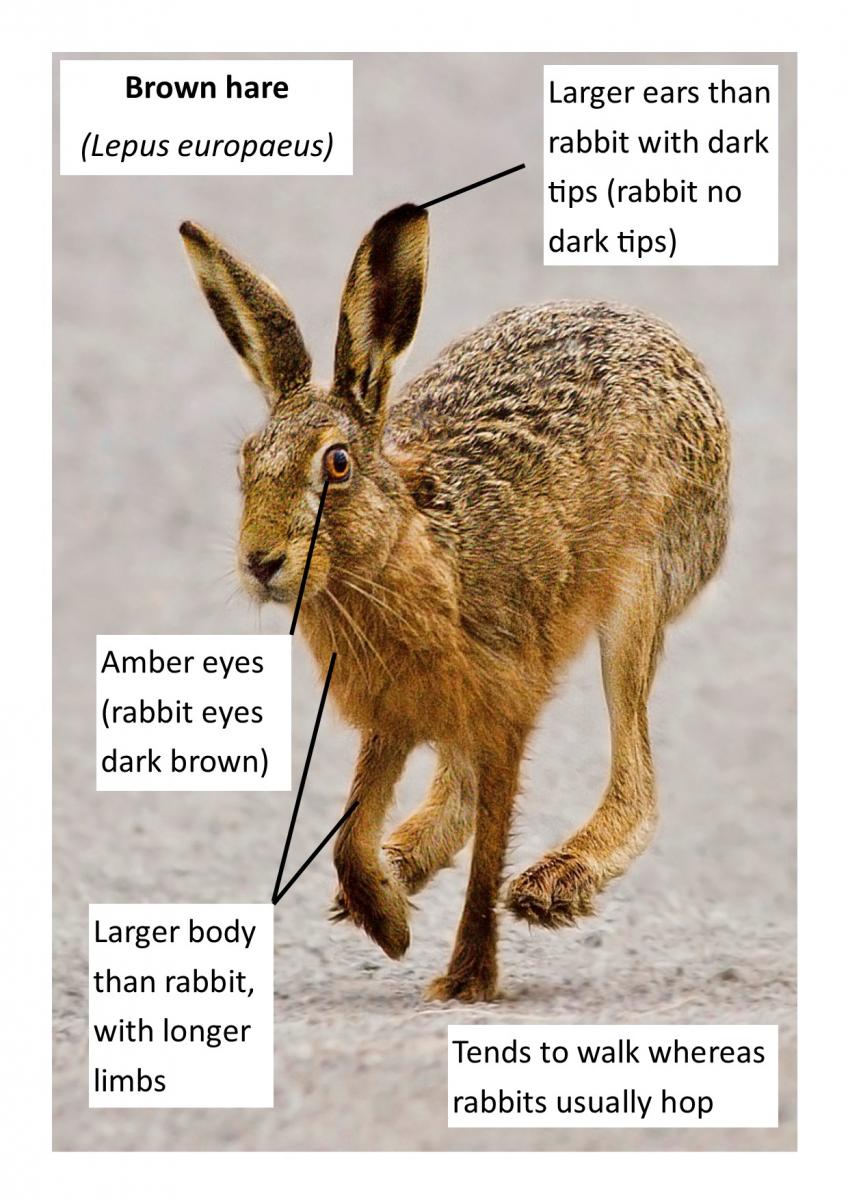
Rabbits live in social groups and exhibit a hierarchy based on age and size. Dominance is a way of ordering the group, and it’s a natural behavior in rabbits. The dominant rabbit will have the right to access food, nesting sites, and other resources first.
Dominance
The dominant rabbit will be larger and more aggressive than the others in the group, and will often display behaviors such as circling, chasing, and mounting other rabbits. These behaviors are normal and should not be discouraged, as they help to maintain the hierarchy and keep the group in balance.
Submission
Submissive rabbits will often display behaviors such as crouching, flattening their ears, and licking the dominant rabbit. These behaviors signal that the submissive rabbit is accepting the dominant one’s authority, and should not be seen as a sign of fear or aggression.
It’s important to remember that rabbits are social animals and need the company of other rabbits in order to feel secure. Providing enough space for all your rabbits to live comfortably and express their natural behaviors is key to keeping them healthy and happy.
Interesting Facts About Rabbits
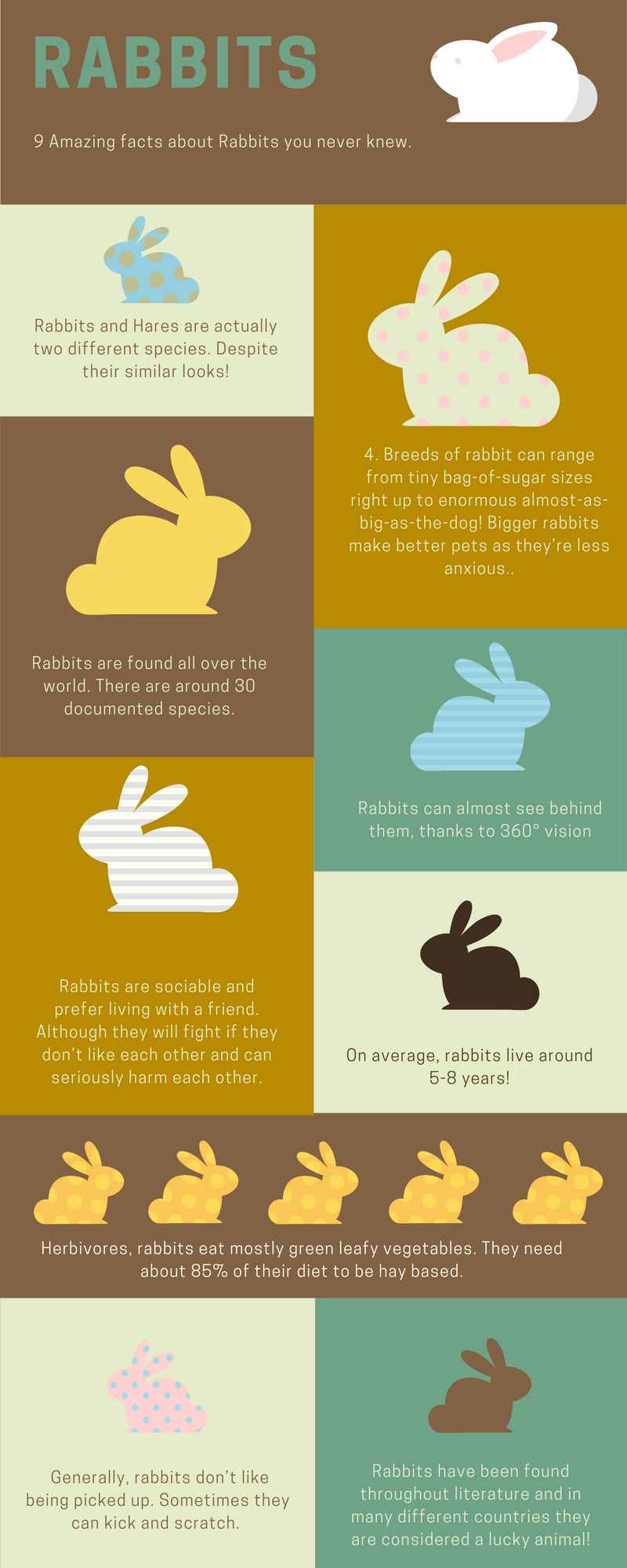
- Rabbits are prey animals: Their natural instinct is to be alert and watch for predators. They have an excellent sense of vision, hearing and smell that helps them detect potential danger.
- Rabbits can jump very high: They can jump up to three feet in the air. This is one of the reasons why they are so good at escaping from predators.
- Rabbits can run up to 25 miles per hour: They have long, powerful legs and powerful hindquarters that help them achieve this speed.
- Rabbits are social creatures: They can live in groups, and they are known to circle each other during certain activities. This is a sign of affection and trust.
- Rabbits are herbivores: They mainly eat plant material such as grasses, leaves, and flowers. They also sometimes eat small insects and worms.
- Rabbits are crepuscular: This means that they are most active at dawn and dusk. During the day, they like to stay in their burrows or nests to escape the heat.
- Rabbits have long ears: Their ears can be up to four inches long! They use their ears to help them locate predators and to keep cool in hot weather.
Health Benefits of Rabbit Ownership
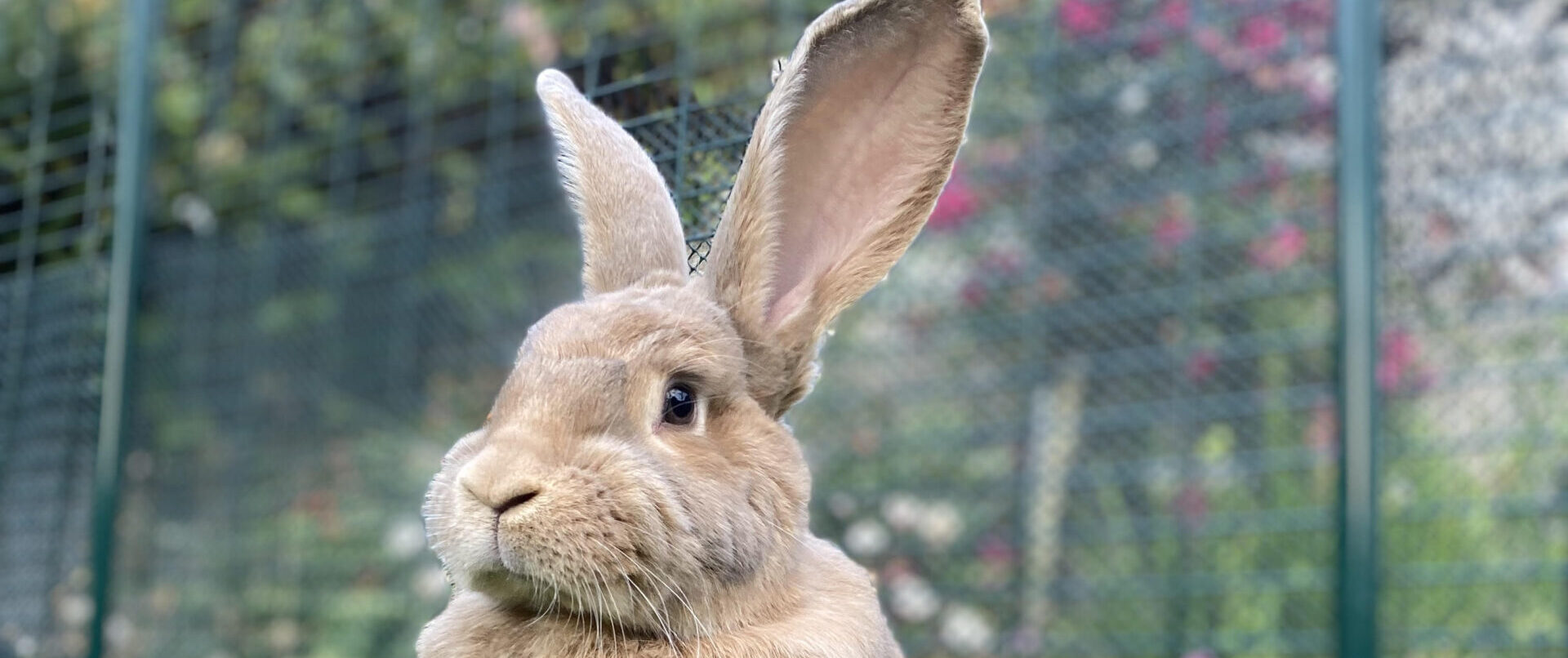
Rabbit ownership can provide several mental and physical health benefits. Rabbits offer companionship and can help to reduce stress and loneliness. They can also provide physical benefits, as caring for a rabbit requires exercise, movement, and coordination. Additionally, rabbits can help to foster responsibility in children and help teach empathy.
Rabbits can also provide great comfort and companionship for the elderly and those with physical, mental, or emotional disabilities. They can offer a sense of comfort and security to those who are feeling lonely or isolated. Rabbits are also low-maintenance and require minimal care, which can make them ideal for people with limited mobility or who are unable to care for a more high-maintenance pet.
Rabbits are social animals and require companionship, which can help to reduce stress and improve mental health. Interacting with a rabbit can help to reduce anxiety, depression, and stress levels. Additionally, interacting with a pet can improve self-confidence and self-esteem.
Finally, rabbits are inexpensive to care for. They require minimal space and can be kept in small cages. They can also be litter-trained, which makes cleaning up after them easier. Additionally, rabbits are generally inexpensive to feed, and their diet consists mostly of hay and vegetables, which are relatively inexpensive.
How to Care for Rabbits
| Care Type | Description |
|---|---|
| Feeding | Provide fresh hay and vegetables daily, as well as a high-quality commercial rabbit diet. |
| Shelter | Rabbits should have a large hutch for shelter, with plenty of space to move around and plenty of bedding material. |
| Exercise | Rabbits need plenty of exercise to stay healthy, so provide an enclosed area for them to run and play. |
| Grooming | Regularly groom your rabbit with a soft brush to keep their coat in good condition. |
| Socialization | Rabbits are social animals and should have plenty of time to interact with humans and other rabbits. |
| Veterinary Care | Have your rabbit examined by a veterinarian at least once a year. Additionally, make sure to get your rabbit spayed or neutered. |
Caring for rabbits requires a commitment, as they need love and attention just like any other pet. With proper care and nutrition, rabbits can be healthy, happy and long-lived companions.
Frequently Asked Questions
What Kind of Rabbits Are Typically Seen Circling Each Other?
Wild rabbits are the most common type seen circling each other. These rabbits may live in large groups, known as warrens, and engage in this behavior as a form of play and courtship. Domestic rabbits, particularly dwarf-breed rabbits, may also engage in this behavior. It is important to note that rabbits should not be kept in pairs, as they can become very territorial and aggressive.
How Often Do Rabbits Circle Each Other?
Rabbits circle each other as part of their courtship ritual. This behavior, known as ‘boxing’, usually occurs during the mating season and serves as a way for rabbits to show their interest in one another. The frequency of bunny boxing varies between individuals and is usually seen more often during peak mating season. Rabbits may also circle each other when they feel threatened or intimidated, in a display of dominance or submission.
What is the Purpose of Rabbits Circling Each Other?
Rabbits circling each other is a form of courtship behavior. It is a ritual that male and female rabbits do to show their interest in each other and to strengthen their bond. This ritual is made up of circles and figure-eights and is done by the rabbits holding onto each other’s necks and running around together. It is an important part of the mating process and it is essential for the rabbits to build a strong relationship.
Do all rabbits have the same behavior patterns?
No, rabbits have different behavior patterns depending on their breed, age, and environment. Wild rabbits tend to be more cautious and shy, while domesticated rabbits often display more confidence. Rabbits also have different communication styles and may use different body language or vocalizations to express themselves. Additionally, rabbits may display different behaviors depending on their role in the social hierarchy.
Overall, rabbits are intelligent and social animals that can exhibit a variety of behaviors. Understanding their behavior can be beneficial when caring for them and help build a strong bond with your pet.
Are Rabbits Considered to be Social Animals?
- Yes. Rabbits are considered to be social animals. They need companionship and enjoy being around other rabbits. They may even form strong bonds with each other.
- Rabbits Communicate. Rabbits are very vocal, and they can make a wide range of sounds to express their feelings. They also use body language, such as grooming each other or circling around each other.
- Rabbits Need Social Interaction. Rabbits need companionship from other rabbits and from people. If not given the opportunity to socialize, they may become stressed or even aggressive.
- Rabbits Have Preference. Rabbits may become attached to one or two rabbits in particular, and may not get along with the rest. It is important to give them enough space and time to develop strong social bonds.
Rabbits are social creatures and therefore should not be kept alone. They need companionship and should be given the opportunity to interact with other rabbits and people. If given the opportunity, they can form strong bonds with each other.
Conclusion
Rabbits are highly social and intelligent animals that have unique behaviors, such as circling each other. They make great pets, and with proper care and attention, they can become lifelong companions. Learning more about these adorable animals can help us appreciate and understand them better, and even help us make better decisions about how we care for them.
